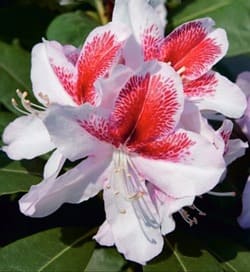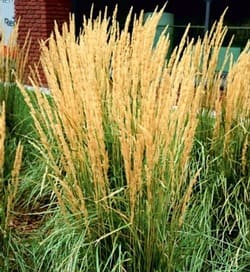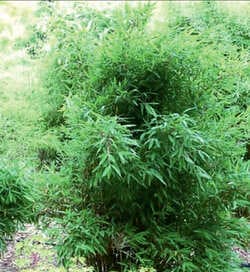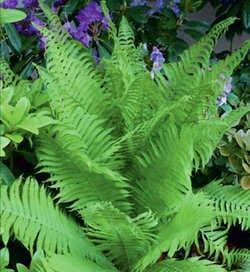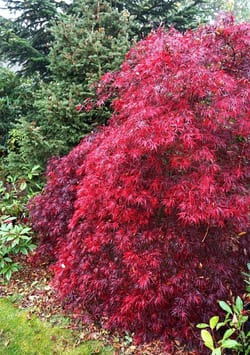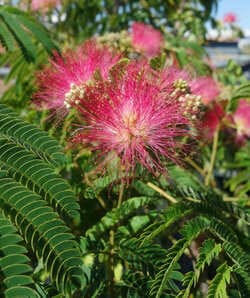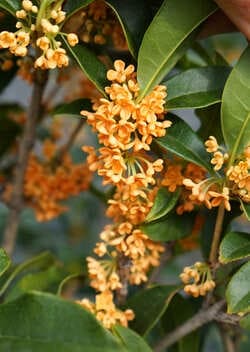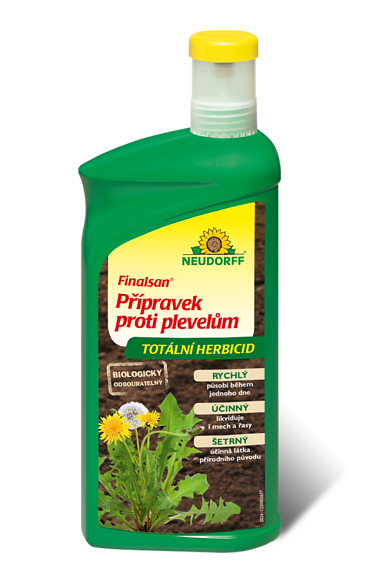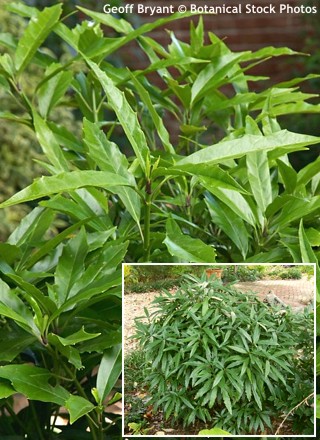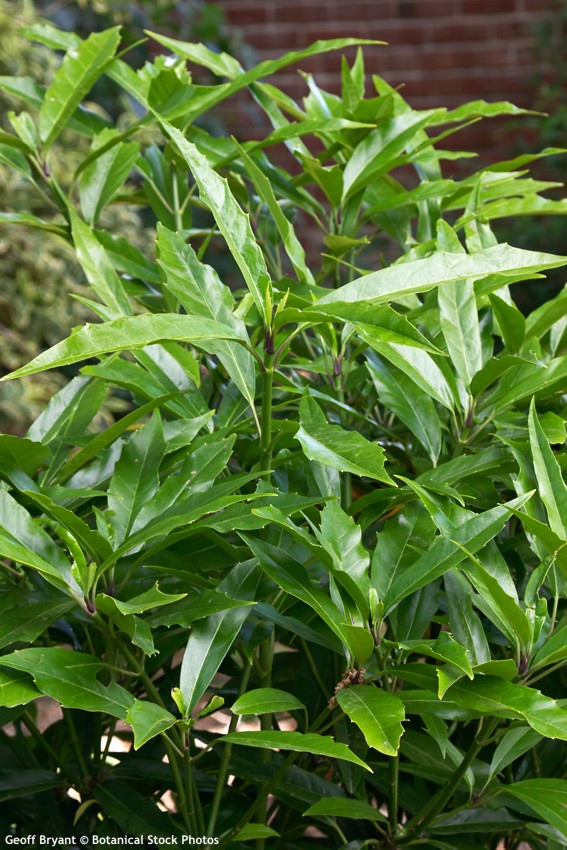Aucuba japonica var. longifolia 'SALICIFOLIA' Japanese laurel
Aucuba
For a long time Japanese laurel was believed to be hardy only in southern countries and those with mild winters. Tests and long-lasting experience, however, proved that it can be cultivated in continental climate of zone 6, too. It is excellent news because this shrub and its unique foliage is like no other evergreen plant commonly grown here as it offers distinctly different features. Therefore it makes a great companion and can be utilized both in hedges or as a specimen.
Salicifolia is a Japanese laurel variety from the longifolia group. It has very attractive, evergreen, partially drooping, narrowly lance-shaped leaves that are highly glossy and almost lack typical serration at margins. They look quite exotic and densely cover the plant. In mid spring numerous, small, purple red flowers appear and, if pollinated by a male plant, are followed by vivid red, glossy, somewhat oval fruit in autumn. It grows slowly, forming a well-behaved, dense shrub about 1.5 m tall and a little wider. No pruning is needed but can be done in early spring after all frosts. Older plants can be pruned medium hard for rejuvenation.
Green-leaved Japanese laurels can be grown not only in part shade or full shade, they can take full sun as well, just some shade is advised for winter and early spring. It will thrive in fertile, neutral to acid soil that is well-drained but evenly moist, not waterlogged - plants in wet ground will be prone to fungi diseases that result in dying back (leaves and complete twigs, sometimes entire plants). Once established it can take long periods of drought and will cope with heavier soil in lower parts of the ground but its leaves may lose its rich green colour and the shrub will look weak and abandoned. Extra watering is advisable in frost-free periods of winter when the ground is not frozen. Hardy to approx. -24°C (USDA zone 6).
Last update 06-02-2018












